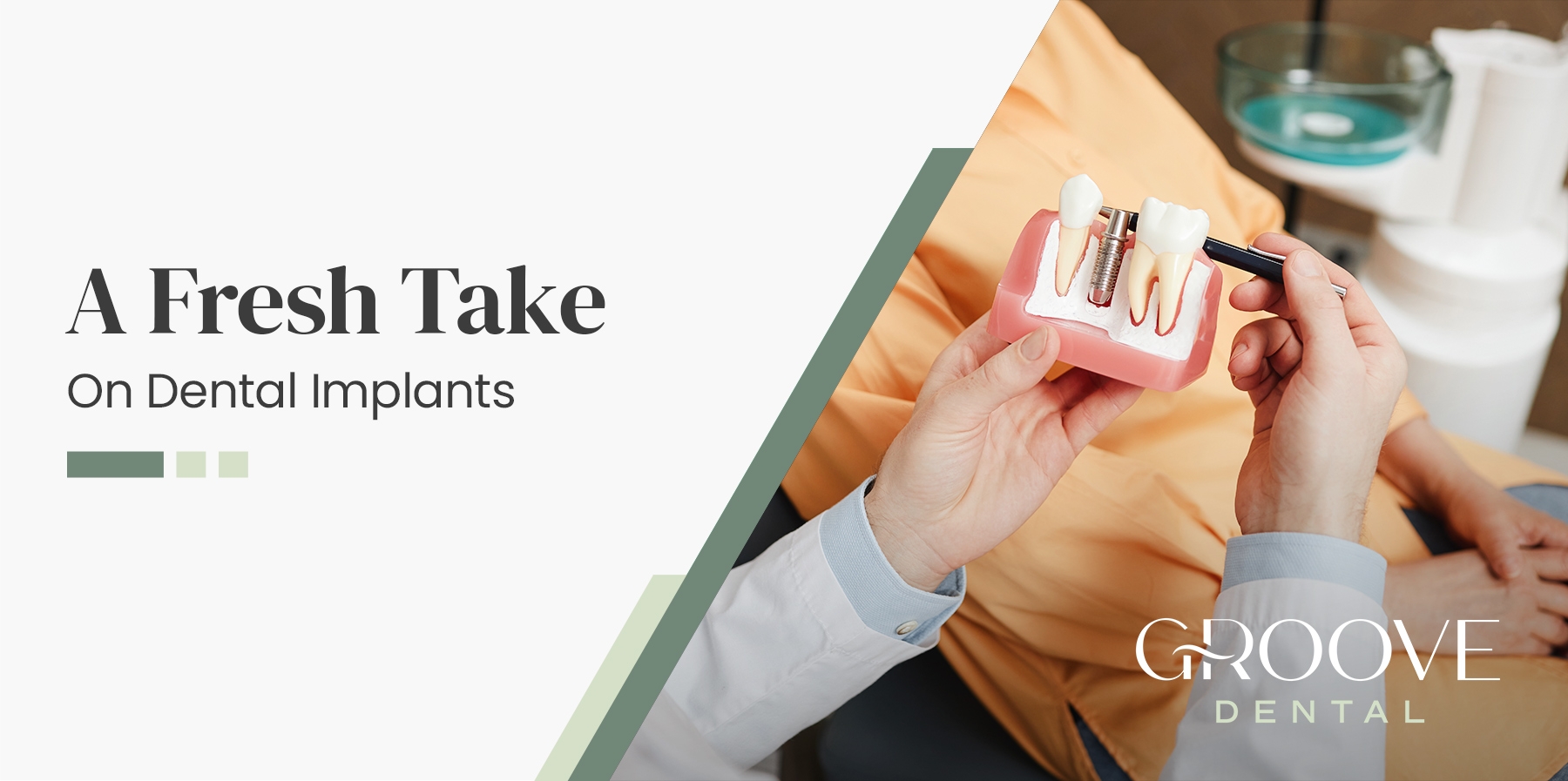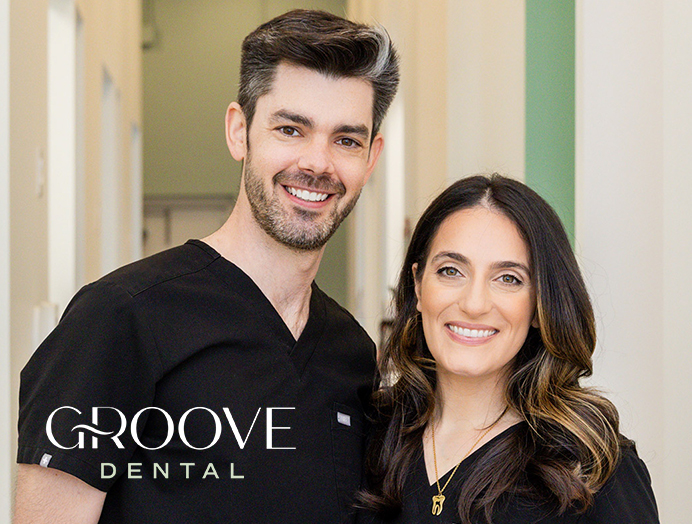Unlocking Confidence with Cosmetic Dentistry
Imagine transforming your smile, not just superficially, but fundamentally. Dental implants have redefined dental surgeries, offering solutions that are as reliable as they are revolutionary. This isn’t just about replacing a missing tooth; it’s about reimagining oral health.
At the heart of this innovation lies a simple yet profound process: inserting a titanium post into the jawbone. This isn’t just any post; it’s a foundation, a new root that provides unparalleled stability for a replacement tooth or bridge. It’s the bedrock on which your new smile is built.
But dental implants and surgeries offer more than just aesthetic appeal. They bring back functionality, empowering you to eat, speak, and laugh without hesitation. They’re not just fixing a gap in your smile; they’re restoring the very essence of your daily life.
Who Implants Are For
Dental implants are an excellent option for individuals who have lost one or more teeth due to injury, periodontal disease, or other reasons. Ideal candidates for dental implants are those who have healthy gums and sufficient bone density to support the implant. Additionally, good oral hygiene and a commitment to maintaining dental health are crucial for the long-term success of implants. Patients should also be in good overall health, as certain medical conditions and treatments, such as uncontrolled diabetes or radiation therapy to the jaw, can affect the healing process and integration of the implant.
Types of Dental Implants
There are several types of dental implants, each designed to address different needs and preferences. The most common type is the endosteal implant, which involves placing the implant directly into the jawbone. This type is typically shaped like a small screw and is made of titanium. Once the surrounding gum tissue has healed, a second surgery is performed to connect a post to the original implant, to which a crown is then attached.
Another type is the subperiosteal implant, which is used for patients who do not have sufficient bone height or density for an endosteal implant. Instead of being inserted into the jawbone, subperiosteal implants rest on top of the bone but under the gum tissue. A metal frame with posts protrudes through the gum to hold the replacement tooth.
For patients who require a full arch of teeth replacement, All-on-4 implants offer a practical solution. This method involves placing four implants in the jaw, which serve as anchors for a full denture. The All-on-4 technique is less invasive and requires fewer implants compared to traditional methods, making it a popular choice for those needing extensive dental restoration.
Conclusion
Dental implants represent a significant advancement in dental surgery, providing a durable and aesthetically pleasing solution for those with missing teeth. By understanding the different types of implants and determining who is an ideal candidate, patients can make informed decisions about their oral health. Whether it’s replacing a single tooth or an entire arch, dental implants offer a reliable and effective option to restore both function and confidence. As with any surgical procedure, consulting with a qualified dental professional is essential to evaluate suitability and ensure the best possible outcome.



